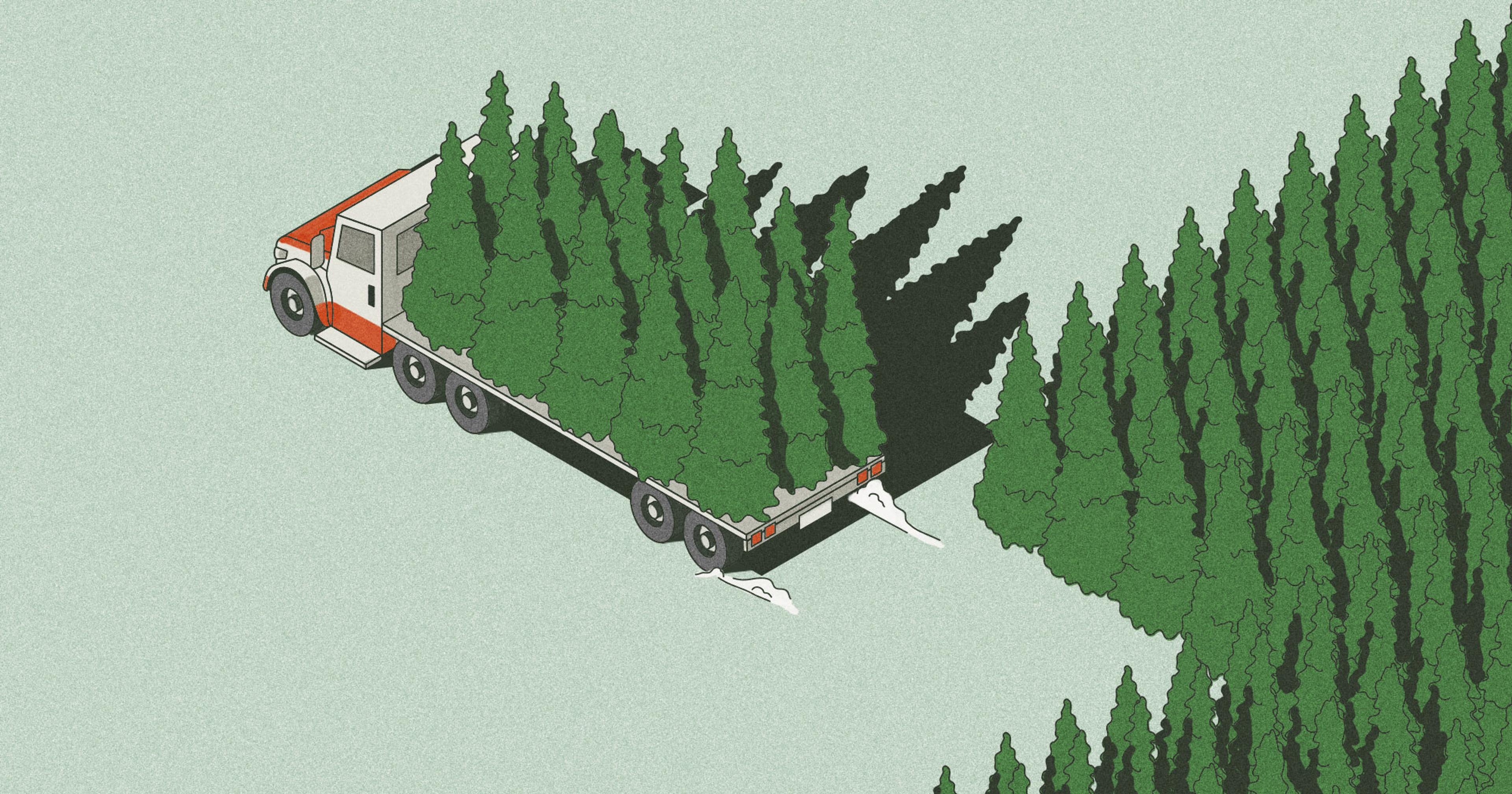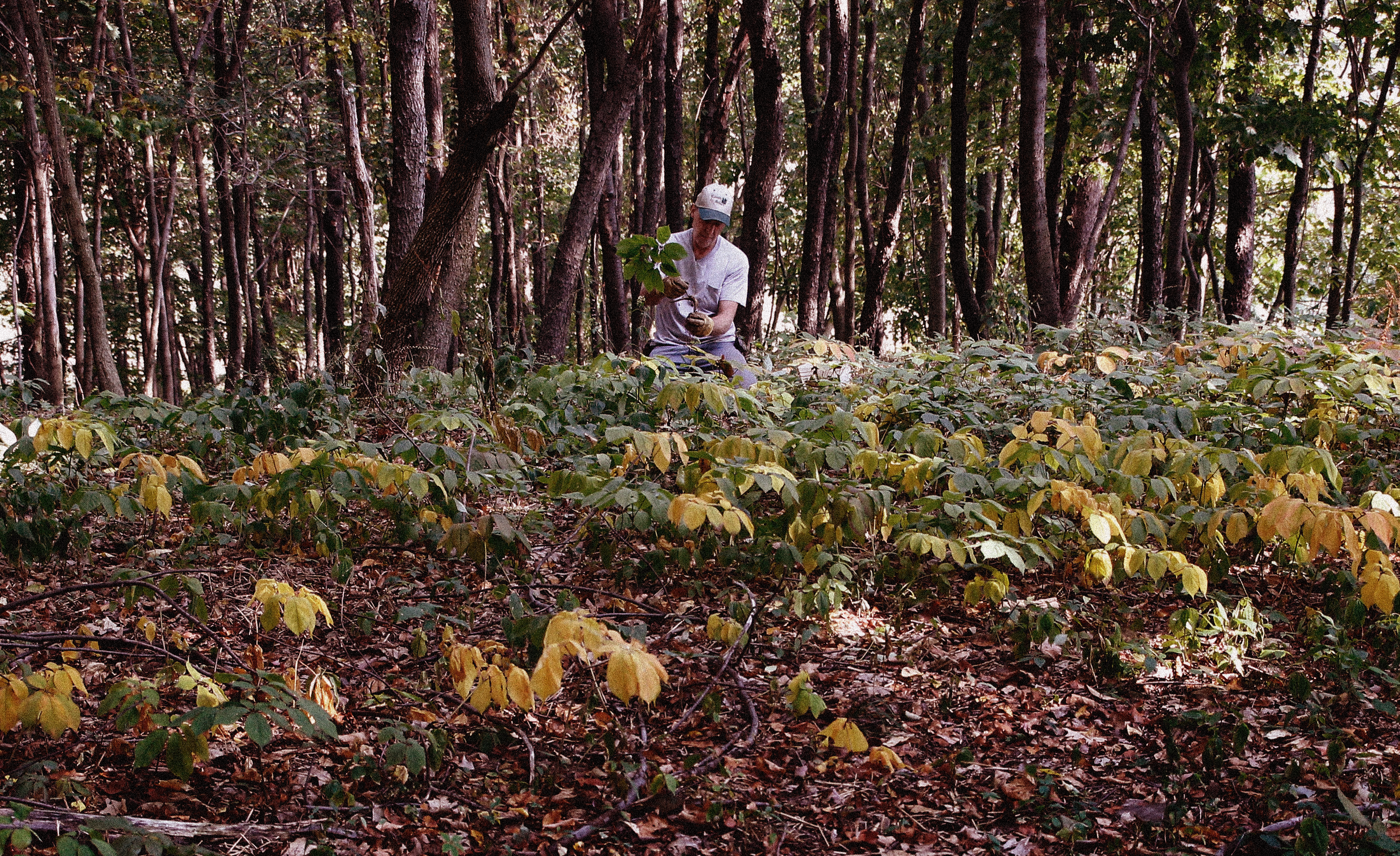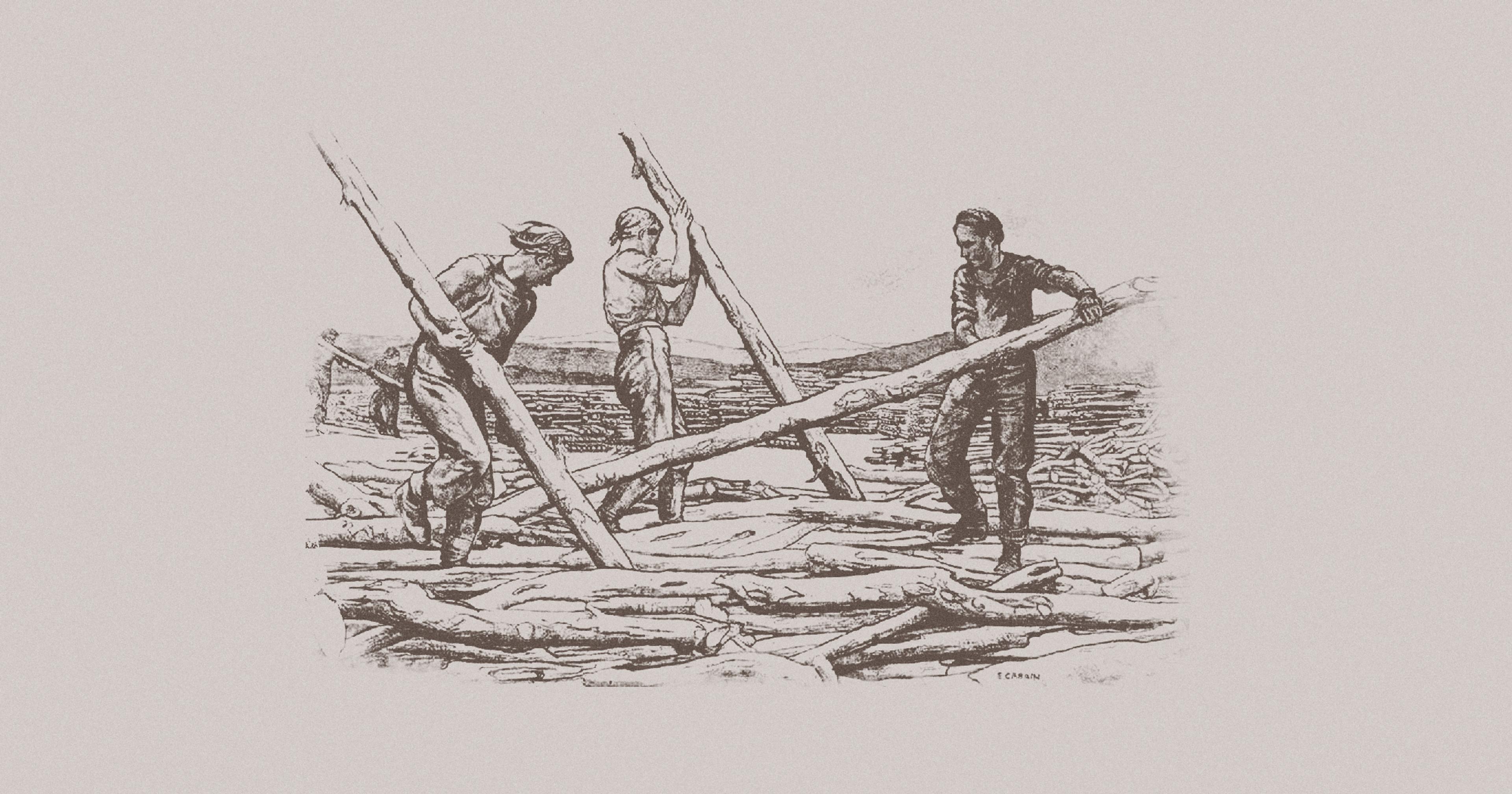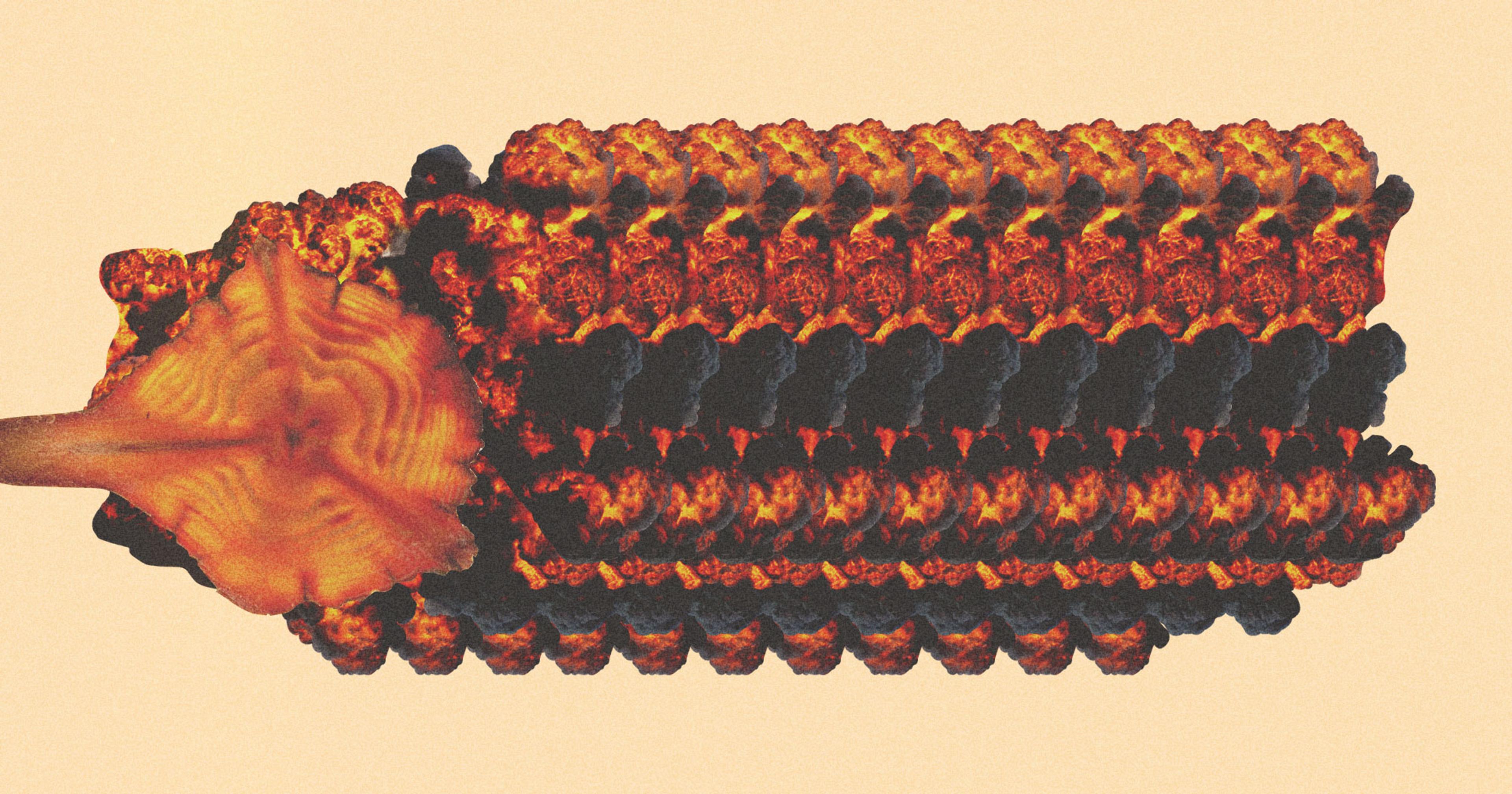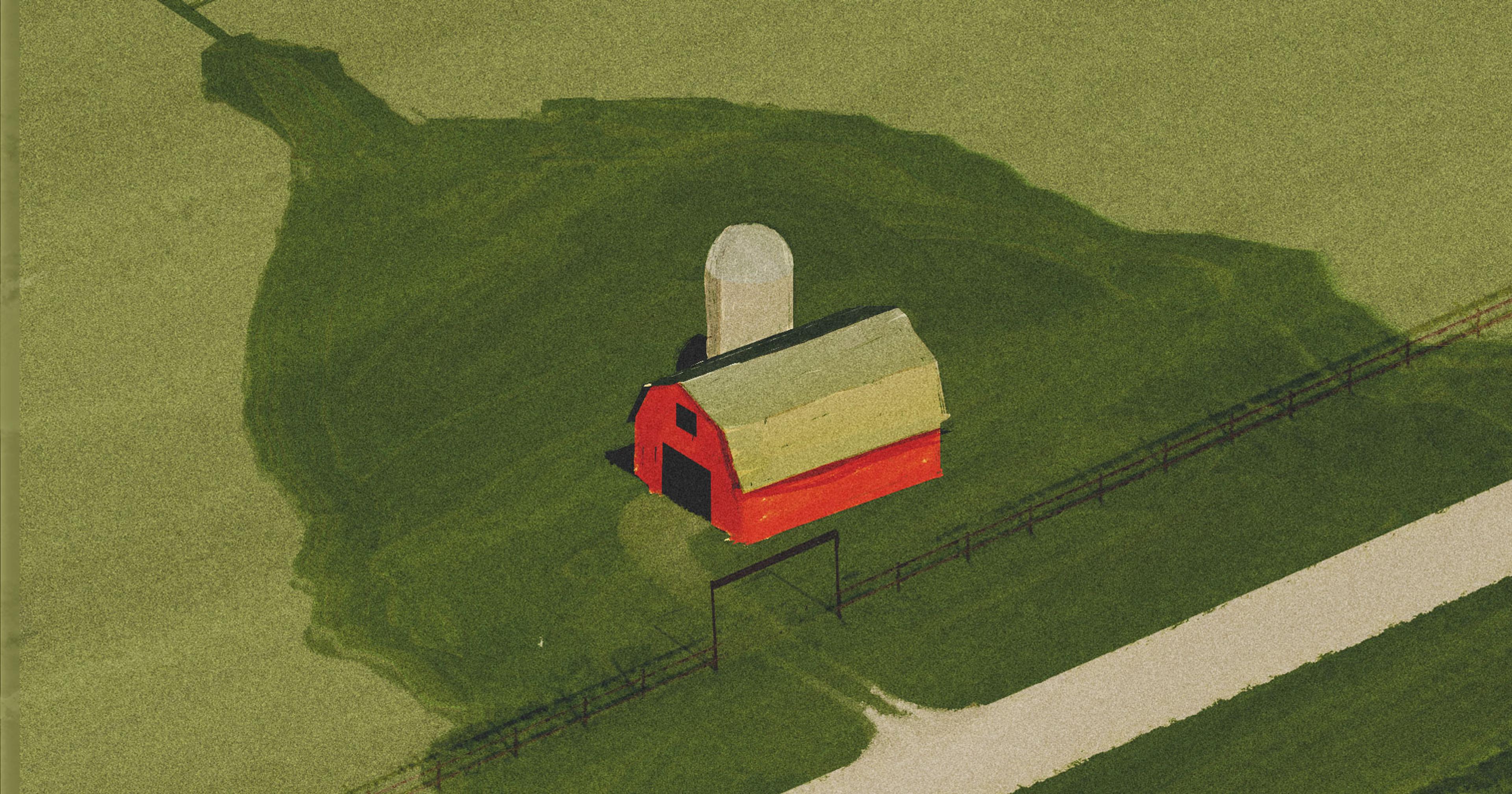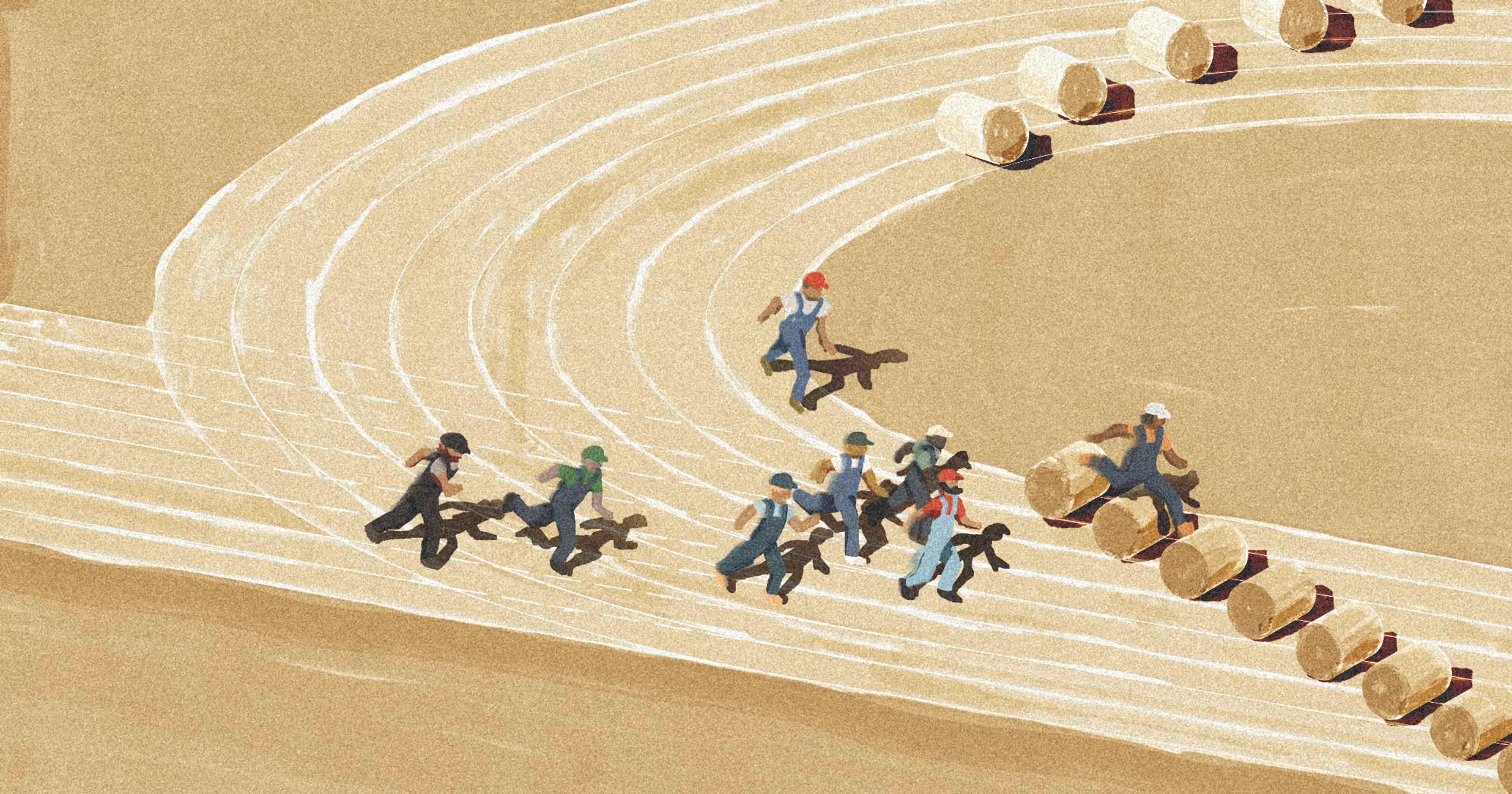As the world heats up, forests are shrinking away from hot, dry land—but can’t travel to cool, wet areas on their own. Do they need “a little push” from us?
When it gets hot outside, we humans turn on the air conditioning. Birds fly to cooler places. But trees stay put. Their migration occurs over generations. Each tree can only hope their seeds grow in more suitable land, higher up in elevation or further north where climates are cooler and wetter.
And, in general, young trees across the interior Western U.S. do occupy cooler climate areas than their adult predecessors. But not because seeds are successfully spreading to new areas.
Instead, forests are contracting away from the hotter, dryer areas that they used to occupy, according to a study published in Nature Climate Change in January.
This contraction without expansion means that trees may be well-served by a helping hand from us. “We probably need to actively plant at the higher elevation portions of their range, in these kind of cooler and wetter sites, where they would be successful—but are really seed-limited,” said Miranda Redmond, associate professor in forest science and climate change and University of California, Berkeley.
The Trees That Resist
Around 2016, Redmond set out to determine if the mismatch between young and old tree ranges—which has shown up in smaller scale studies—could be influenced by disruptions like wildfires, bark beetles or disease. She began this work when she was an assistant professor at Colorado State University.
Disturbances like a fire or an insect outbreak can give seedlings a chance to compete against the adult forest. But breaks in the canopy of adults allow light and heat to stream down onto vulnerable juvenile trees on the forest floor. The researchers wanted to know if disturbances limited tree regeneration because the hotter climate filtered down to the juvenile trees.
Redmond and her team tracked forests across eight states and over 25,000 plots of forest monitored by the USDA Forest Service. Fifteen tree species, including trembling aspen with its vibrant yellow leaves in the fall, and the towering grand fir, were counted every 10 years, with those numbers entered into a dataset called the Forest Inventory Analysis.
Dead trees, the cause of their death, the number and types of saplings: Redmond and her colleagues overlaid all this information in the FIA with climate data and known disturbances like wildfire, beetle outbreaks or severe wind.
Many species turned out to be stable across the landscape. Over half of the species stayed put, sprouting seedlings among their adult cousins.
Though several species’ seedlings sprouted in cooler and wetter areas after a disturbance, this movement of young trees was not as widespread as they’d thought, said Katie Nigro, who conducted the research as a doctoral student in Redmond’s lab at CSU. She is now a postdoctoral researcher working with the USDA Forest Service’s Rocky Mountain Research Station in Fort Collins.
To Nigro, this is good news. “It means we have time with trees, because they do live so long, and adults do tend to be really resilient to changes in the environment,” she said. “Especially when they’re not all killed by a wildfire or an insect outbreak, they’re hanging on in areas that maybe aren’t suitable for regeneration.”
The major change in tree distributions right now is due to losses in the hot and dry climate, Nigro said.
But it was difficult to make a broad conclusion about the impact of disturbances on range contractions. Patterns across an entire landscape “have to be really, really prevalent and really consistent,” to be meaningful, Nigro said. Instead, some disruptions in areas with certain species—wildfires and lodgepole pine, for instance—resulted in a significant shift while others did not, the study reported.
This is one limitation to working with FIA data, Redmond noted. It’s a robust dataset held in high regard by forest ecologists across the world, but the sites are essentially set up at random, which means that disruptions like wildfires might only happen in a small portion of the sites.
Other factors may obscure why a species does not appear to expand into new areas: It may get eaten before it can grow into a mature tree. Young trees are particularly tasty to certain browsing animals like elk and deer, said Simon Landhäusser, a forest ecologist and professor in renewable resources at the University of Alberta, Canada.
Aspen, for instance, is like “candy” to herbivores compared to pine trees, said Landhäusser, who was not involved in this study. Consistent browsing might obscure a species’s attempts at natural migration to a new area—especially in America’s southwestern states, which are full of elk and deer.
“They go to that candy store and eat it and let it regrow, and then eat it again. And they do that 30 times, and then the tree just gives up,” Simons says.
Lending Trees a Hand
Before industrialization, it’s thought that trees migrated around 20 to 40 kilometers per 100 years. In this century, trees would need to migrate an estimated 10 times that distance—or migrate roughly 10 times as fast—to keep pace with current climate change.
That is why trees are good candidates for assisted migration, Nigro said. It gives species “a little push” into cooler climates by planting warm-climate trees among more cool-adapted species.
This is considered the “low-hanging fruit” of forestry solutions to address climate change, said Greg O’Neill, climate change adaptation scientist for the provincial government ministry of forests in British Columbia (BC), Canada.
“It’s inexpensive, it’s very low risk—there’s precedent for it,” O’Neill said.
He should know. O’Neill has been running the assisted migration trial program in BC since 2009. Over the past 15 years, the anecdotal success of the trial shows “that what we call the realized niche of trees—where they are found—to be much smaller than their fundamental niche, where they can grow,” O’Neill said. “It dispels a lot of our anxiety when we go to do assisted migration.”
The trial led to a provincial rule requiring foresters to plant seedlings selected from a similar climate but two degrees warmer. This is called a climate-based seed transfer system and, beginning in 2023, all of the roughly 240 million seedlings planted in the public forests of BC are selected this way.
After years of analyzing how forests covering thousands of square miles react to climate change, Nigro is honing on just two sites in the Colorado State Forest.
“As much as we would love a conclusion to be true for the whole Western interior U.S., it’s still really important to do studies at the site level and really understand what’s going on,” Nigro said. “There are so many other factors that are influencing where and why trees are regenerating.”
She and her colleagues are preparing the sites outside Fort Collins, Colorado to join the Adaptive Silviculture for Climate Change project, which began assisted migration in forests of Eastern and Central U.S. and Canada in 2009. Nigro’s sites will be planted with five different species of pine, fir and spruce in the coming years—54,400 seedlings in all.
The project’s goal is similar to that of the BC-assisted migration project—to make forests more resilient to climate change. Though it will take years to complete the project, Nigro says she’s excited to see those trees get the critical nudge they need to establish themselves in areas where they can thrive.

